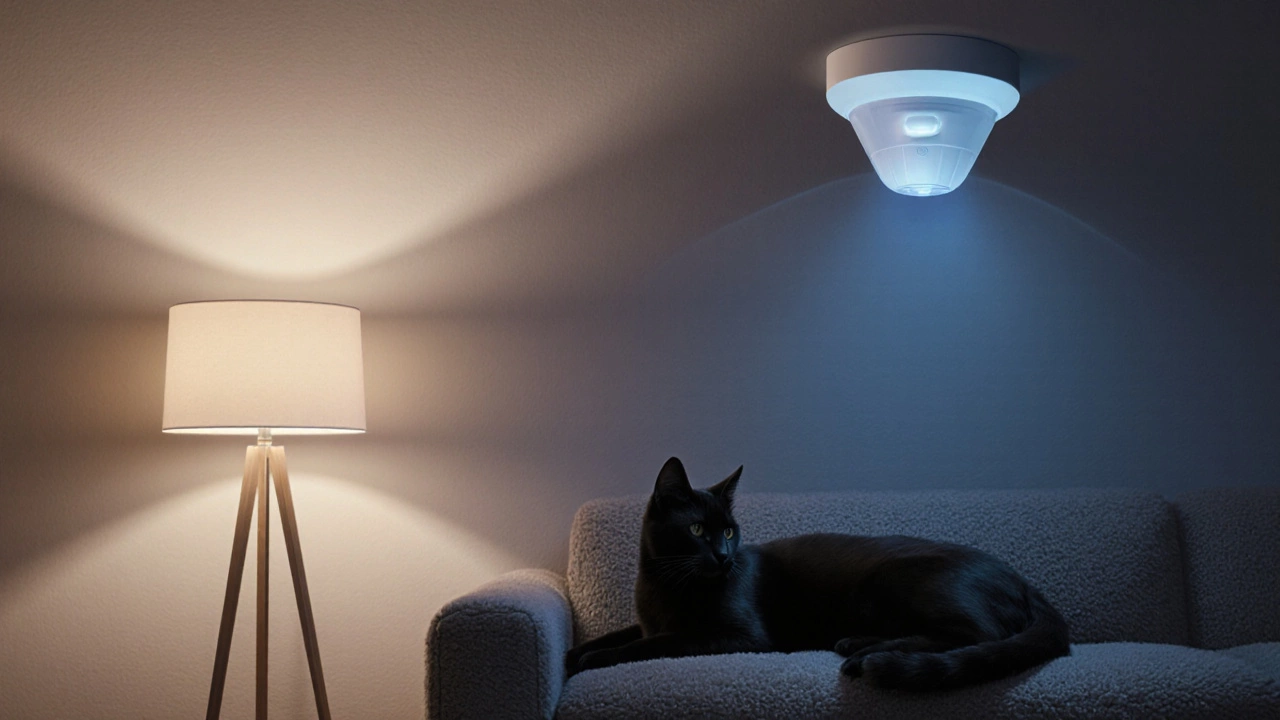When dealing with security false alarms, unwanted alerts that fire without an actual intrusion. Also known as nuisance alarms, they waste battery life, annoy neighbours and raise insurance premiums. The problem often starts with a poorly tuned alarm system, the hardware and software that detect unauthorized entry or a mis‑configured motion sensor, a device that senses movement using infrared or microwave technology. Even a CCTV, video surveillance that can trigger alerts based on visual analysis can create false alarms if its settings are too sensitive. In short, security false alarms encompass nuisance alerts, they require reliable alarm components, and motion detection technology influences their frequency.
Every false alarm forces the monitoring centre to dispatch a response, which adds up to costly labour and erodes trust in the overall security plan. Studies from UK police forces show a 30% rise in unnecessary dispatches linked to poorly adjusted alarm systems. The chain reaction begins with an alarm system that lacks proper zone separation – a bedroom window and a garage door sharing the same circuit can cause a single open sensor to trigger the whole house. Add a motion sensor that reacts to a cat dashing across a hallway, and you have a perfect storm for false alerts. CCTV units equipped with motion‑based recording can further compound the issue when they misinterpret shadows or passing cars as threats. The net effect is higher service fees, increased wear on battery backups, and a desensitized response team that may ignore real emergencies.
Stopping false alarms starts with three practical steps. First, audit your alarm system to confirm each sensor is placed in the right zone and has the correct sensitivity level. Second, choose a motion sensor that offers dual‑technology (PIR plus microwave) to filter out harmless movements while still catching true intruders. Third, configure your CCTV to use smart analytics that ignore pets and environmental changes. When these components work together, false alarms drop dramatically, giving you a cleaner alert log and saving you money. Below you’ll find articles that break down each of these areas, from picking the right sensor type to avoiding common CCTV pitfalls, so you can build a system that alerts only when it truly matters.

Explore the key drawbacks of PIR sensors in pet‑friendly alarm systems, from temperature sensitivity to false‑alarm triggers, and learn practical tips to mitigate them.